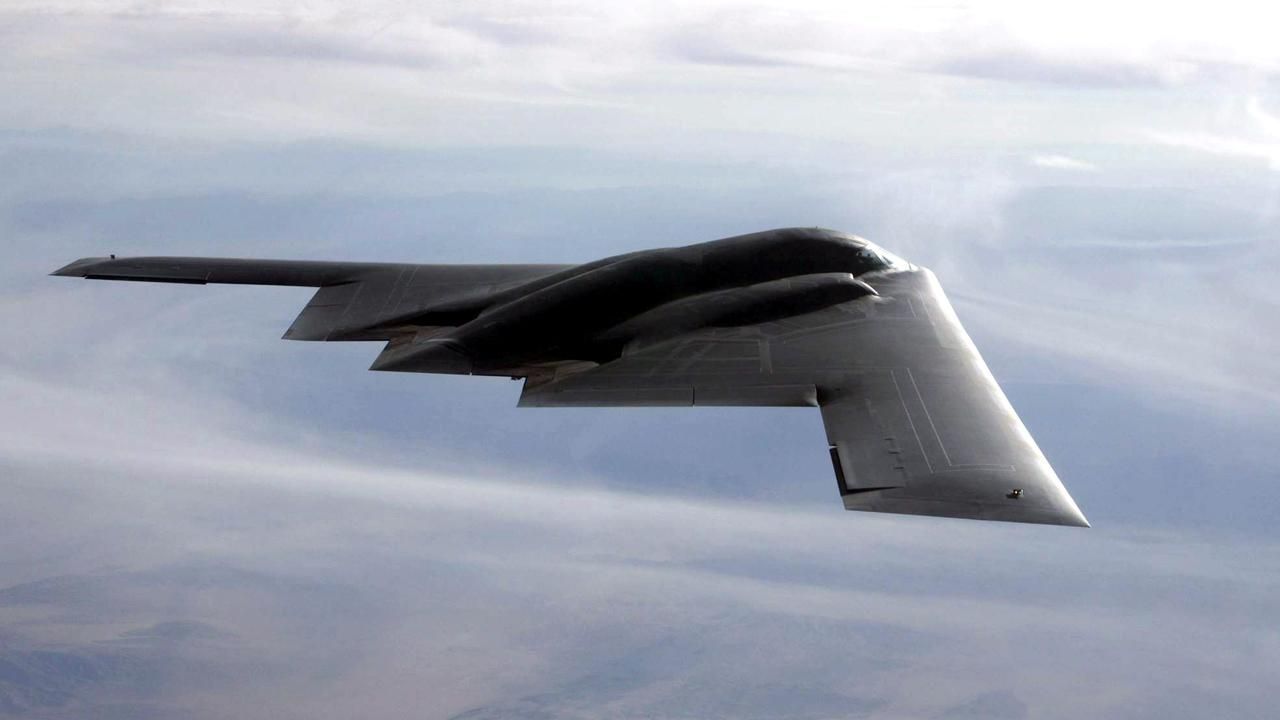Business Hub
FAC STRATEGIC BRIEF
FAC USA
FAC USA Podcast (BETA)
US/UK Aeropace Trade Deal Discussion
5th May 2025
FAC USA Podcast (BETA)
Why should US Aerospace Businesses Partner with UK Manufacturers?
13th May 2025
Why FAC USA?
FAC and the USA
Introduction
The aerospace sector in the USA is a powerhouse of innovation and economic activity. It encompasses a wide range of markets, including military aircraft, missiles, space exploration, commercial airliners, and general aviation. The industry is a major contributor to the U.S. economy, generating over $955 billion in sales in 2023. It employs more than 2.21 million people, with an average labor income of $112,000 per job.
The sector is known for its emphasis on research and development, with about 25% of its workforce consisting of engineers, scientists, and technicians. Companies like Boeing and SpaceX are key players, driving advancements in areas such as commercial space exploration and unmanned aircraft systems. The industry also plays a crucial role in global trade, with aerospace exports supporting more jobs than any other commodity.
In recent years, the sector has faced challenges like supply chain issues and talent shortages but continues to grow, especially with the adoption of technologies like artificial intelligence and advanced air mobility. The U.S. government has also prioritized defense spending, which acts as a catalyst for further industry growth.
Major Players
The U.S. aerospace sector is dominated by several key players, each excelling in different areas of the industry:
- Boeing: Known for its commercial aircraft, military aircraft, satellites, and space exploration technologies.
- Lockheed Martin: Specializes in advanced defense systems, including fighter jets, missiles, and space systems.
- Northrop Grumman: Focuses on air, space, and cyber technologies, including stealth bombers and unmanned systems.
- Raytheon Technologies: A leader in aerospace and defense, offering avionics, engines, and missile systems.
- SpaceX: Revolutionizing space exploration with reusable rockets and ambitious projects like Mars colonization.
- General Electric Aerospace: Renowned for its aircraft engines and related technologies.
- Textron: Known for its helicopters, small aircraft, and defense systems.
- L3Harris Technologies: Provides advanced communication systems and electronic warfare solutions.
These companies are at the forefront of innovation, shaping the future of aviation, defense, and space exploration.
UK Supply Chain
The United States imports a variety of aerospace products from the UK, reflecting the strong collaboration between the two nations in this sector. Key exports include:
- Aircraft components: The UK supplies wings, fuselages, and winglets for aircraft like Airbus and Boeing models.
- Engines: Rolls-Royce engines, which power numerous commercial and military aircraft, are a significant export.
- Defense systems: Components for programs like the F-35 fighter jet, including the aft fuselage and ejection seats, are manufactured in the UK.
- Satellites and space technology: Companies like Surrey Satellite Technology export satellite subsystems and payloads.
The UK aerospace industry is renowned for its expertise in design and production, making it a vital partner for the U.S. in aviation and defense.
Defence Sector
The U.S. aerospace and defense sector is a significant economic force. In 2023, the industry generated over $955 billion in sales, with a substantial portion attributed to defense-related activities. The defense segment alone is projected to grow further, driven by increasing government budgets and advancements in technology.
Space Sector
The U.S. space sector is a significant part of the economy, valued at approximately $211.6 billion as of 2021. This includes contributions from manufacturing, satellite services, government spending (e.g., NASA, Space Force), and commercial activities. The sector has seen steady growth, driven by advancements in technology and increasing private sector involvement.
UAV Sector
The UAV (Unmanned Aerial Vehicle) sector in the USA is experiencing rapid growth. The commercial drone market alone was valued at $4.79 billion in 2022 and is projected to grow at a compound annual growth rate (CAGR) of 9.1% from 2023 to 2030. Additionally, the broader UAV market, including defense and government applications, is estimated to reach $5.47 billion by 2029, growing at a CAGR of 10.3%.
This growth is fueled by advancements in drone technology, favorable regulations, and increasing applications across industries like agriculture, construction, logistics, and defense. It's an exciting time for the UAV sector!
Air Mobility
The Advanced Air Mobility (AAM) sector in the U.S. is growing rapidly. In 2024, it was valued at approximately $9.8 billion and is projected to reach $37.3 billion by 2032, with a compound annual growth rate (CAGR) of 18.2%. This growth is driven by urban congestion, advancements in electric propulsion, and the need for sustainable transportation solutions.
FAC Partners
Fairfax County, Virginia, holds significant importance in the aerospace and space sectors, particularly as a hub for innovation and collaboration. Here's why:
- Proximity to Federal Agencies: Its location near Washington, D.C., provides easy access to key federal agencies like NASA, the Department of Defense, and the U.S. Space Force, fostering partnerships and contracts.
- Thriving Space Industry: Over 125 companies with space operations are based in Fairfax County, including major players like Northrop Grumman and Blue Origin. The county has seen a surge in companies relocating or expanding their operations here in recent years.
- Talent Pool: The region boasts a highly educated workforce, with a strong emphasis on engineering and aerospace expertise. Programs like the Virginia Space Grant Consortium help build a pipeline of skilled professionals.
- Innovation Hub: Fairfax County is a magnet for cutting-edge technologies, including AI, quantum computing, and satellite systems. This makes it a hotspot for startups and established firms alike.
Fairfax County's strategic location, talent, and infrastructure make it a cornerstone of the U.S. aerospace and space industries.
The Ohio Aerospace Institute (OAI) is a key player in advancing aerospace innovation and collaboration. Established in 1989, it serves as a bridge between academia, industry, and government entities. OAI focuses on fostering partnerships, conducting cutting-edge research, and supporting workforce development in aerospace-related fields.
The institute collaborates with organizations like NASA Glenn Research Center and the Air Force Research Laboratory, leveraging Ohio's rich aerospace heritage. It also helps small businesses secure funding for research and technology development, particularly through SBIR and STTR grants.
OAI's recent affiliation with Parallax Advanced Research has expanded its capabilities, enabling it to offer more services and opportunities for innovation. Its efforts contribute significantly to Ohio's reputation as a hub for aerospace excellence.
Page supported by:









